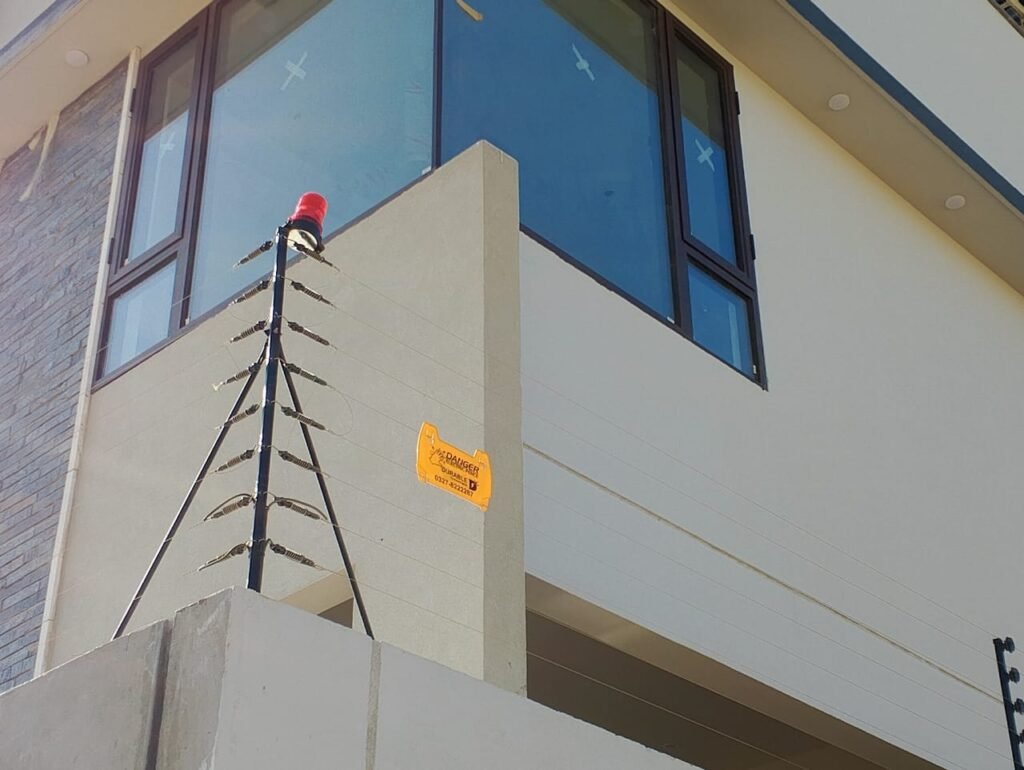With the shift to clean and renewable energy sources, there is considerably heightened demand for robust, effective, and low-maintenance infrastructural pieces. For any solar installation, one key piece of infrastructure is the mounting structure, the base which keeps the solar panels in place. While steel and aluminium have been conventional construction materials, there is something new and highly effective, the FRP (Fibre Reinforced Plastic) solar panel mounting structure.
With a unique combination of strength, corrosion resistance, and lightweight construction, the Fibre Reinforced Plastic structure has changed how solar systems are constructed and how much maintenance is needed. PIR Electronics are adopting modern sustainable technologies first, that’s what making them boom in market.
Why Fibre Reinforced Plastic Mounting Structures Are Changing the Game
Fibre Reinforced Plastic solar mounting structures are innovative composite materials that combine structural fibres of glass or carbon and various durable plastics. The varying calibres form a composite product that is significantly lighter and more resistant to the environment than conventional steel.
While conventional metal supports corrode in coastal and humid environments and thus incur costly maintenance, FRP will corrode in such environments and so will corrode dependably and reliably.
The growing choice of FRP structures can be explained by:
- Absence of corrosion, protection from extreme environmental conditions, and resistance to UV.
- Lightweight and high tensile strength.
- Non-conductive, electrically safe.
- No rust and no corrosion.
- Low maintenance and extended lifespan.
FRP structures provide sustainable and cost-effective solar installation since they minimise replacement and repairs to the structure as the years go by.
Benefits of Design and Installation
FRP mounting structures, compared to traditional ones, are also easier to install. Being lightweight, they reduce handling time, hence decreasing the time and cost of labour. Their versatility in moulding encourages customised design in contouring to different topographies, be it flat roofs, open fields, or steep.
- Assembly and transport are easier.
- The use of welding and heavy machinery is eliminated.
- Design adjustments are made to the panel layouts easily.
- Installation and project costs are reduced.
This is the reason FRP has an advantage in implementation for large solar farms and rooftop systems, where the savings associated with time and cost are directly related to the speed of installation.
Durability and Weather Resistance
The performance of a solar panel system relies on the durability of its mount. FRP construction with durability. FRP construction with durability withstands the most extreme environments—intense heat, heavy rain, and the humid, salty air of the coast. FRP Construction with durability remains corrosion stable and strong, IS resistant to expansion and corrosion over decades of weather.
- Does not corrode even in saltwater regions.
- Will not corrode with moisture, chemicals, or polluted air.
- Will not warp or crack with any temperature change.
These FRP qualities and features make it the ideal material for solar panel systems in any extreme weather location.
Safety and Sustainability
FRP construction with durability and performance integrates an FRP solar mount as a window FRP mount for solar systems with FRP and PVC mount. PVC and FRP are not natural. Since metal RF comes with PVC, it holds RF metals. This makes the solar panels support the most polluted and unsafe environments.
- Non-conductive, ensuring electrical safety for workers.
- Environmentally friendly with recyclable properties.
- No toxic coatings or paints needed for protection.
FRP and PVC are not natural. Since metal RF comes with PVC, it holds RF metals. This makes the solar panels support the most polluted and unsafe environments.
Long-Term Economic Benefits
Compared to the initial outlay for FRP structures, the economic savings accruing are substantially more than those from the traditional options. There is no rust, no maintenance painting, no frequent replacements, so FRP structures definitely have a low total cost of ownership. The economic durability ensures FRP structures deliver stable and efficient performance to solar projects throughout the life cycle of the spanning structures.
- Lower replacement and maintenance costs.
- Consistent and reliable energy provision.
- Better ROI.
FRP structures improve the solar installations’ functional life, lower operational disruptions, and, more importantly, create a valuable economic and eco-friendly impact.
Conclusion
The mounting of solar panels on Fibre Reinforced Plastic structures is another valuable innovation to solar systems, enhancing value and durability. It is the FRP attributes of strength and corrosion resistance, plus safety and sustainability, that create the value. For enterprises and residential solar systems, the innovation of FRP structures and the eco-sustainable attributes of Fibre Reinforced Plastic materials make FRP structures more than a cost value.
PIR Electronics is one of the companies that utilises eco-sustainable innovation in modern solar systems for reliable performance and a more sustainable future. What are you waiting for? Call us right away!

